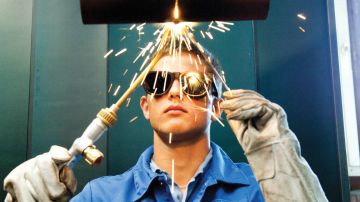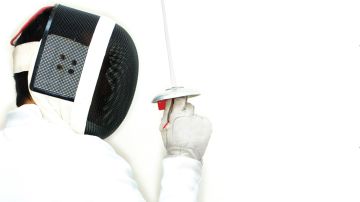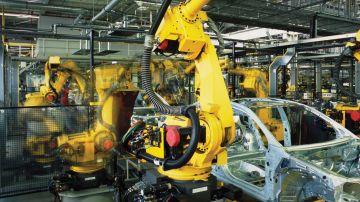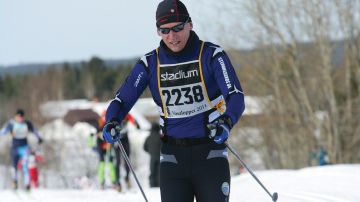INEOS’ campaign to recruit America’s top graduates is paying dividends.
Graduates in the US know that if they get a job with INEOS Olefins & Polymers USA they will be given a challenging role with responsibility and accountability – very early on.
And the news is spreading.
“Top graduates are demanding more meaningful jobs and roles. They have a new perspective and expectation that we can tap into straightaway,” said Sam Scheiner, HR Director INEOS Olefins & Polymers USA.
“The first thing that we do is put our graduates into meaningful roles tackling real challenges from day one. Our newly- hired graduates don’t find themselves in a run-of-the-mill development course or staff job.”
“Putting our graduates into meaningful jobs, working with experienced employees, allows them to reach a fuller potential and make a significant contribution to the business much more quickly.”
Bill Steiner, who joined INEOS as a chemical engineering graduate from Georgia Tech University almost five years ago, acknowledged the difference. “I immediately had a lot of responsibility and I was able to make an impact very early on,” he said.
The number of US graduates, employed by Olefins & Polymers USA, varies each year. How many depends on the business’ needs.
O&P USA launched its graduate recruitment drive six years ago. Since then, 35 college graduates, mostly with degrees in engineering, finance or chemistry, have joined the business.
“It is also important to note that most of them – 30 in all in the Houston area – are still working for the company, in a market where a high turnover is common,” said Sam. “It means we have something people want and are staying on to get it.”
“Our graduates know that their work is critical to the organisation. And word is getting around. We are building the INEOS reputation year-on-year at universities that we work closely with.”
Most of the graduates – and there is always stiff competition among companies for the best in the US – are drawn from core and tried-and-tested universities in Texas and neighbouring Louisiana.
What all these universities and colleges have in common is that they all have close links or ties to INEOS through employees who are alumni of these institutions.
“It is important to us that we have a strong relationship with the universities from where we recruit,” said Sam.
Olefins & Polymers USA regularly attends job fairs to raise its profile among the universities, and, in turn, among the students.
“That is so important to us,” said Sam. “And it’s one of the reasons that we put such a lot of time and effort into getting it right.”
“Getting the right graduates is fundamental to the whole process. We want the right people with the right fit for our business who will flourish and grow in an exciting and challenging environment such as ours.”
Olefins & Polymers USA has dedicated recruiting teams at each university. “This allows us to ‘get a feel’ early on for who is right for the company,” said Sam.
Each team draws up a short-list and interviews the candidates at the universities before deciding who to invite to a two-day ‘super recruiting session’ at Marina View where the potential employees are taken on a tour of either INEOS’ Chocolate Bayou or Battleground site.
“Potential graduates also get exposure to the CEO and the Board Directors of our company when they visit our sites,” said Sam.
Dennis Seith, CEO for O&P USA, said the recruiting process was in keeping with how INEOS ran its business.
“Our approach is different to our competitors,” he said. “Because we are a flat organisation, access to senior management is not only possible, it is common. It allows new hires to develop skills in working with senior managers and I believe it shortens the time it takes for top talent to be recognized.”
“That’s good for INEOS because we get the most from our graduates. But it is also good for our graduates because they get challenged early on, rather than being weighed down with bureaucracy.”
The College Recruiting campaign has allowed INEOS to positively shape its own future.
“In short, we have been able to establish a talent pipeline,” said Sam. “We have brought in and developed some terrific people who, no doubt, will be the leaders of our business in the future.”
“Generally the petrochemical industry has to build on its expertise and knowledge base if it is to survive in highly competitive world markets.”
“If we are to grow a sustainable long-term business, which is aimed at meeting the needs of society well into the future, it is essential that we have a rich source of talent that we can tap into.”
“The long-term future of our business depends on the work we are putting in today to get the right people into our organisation to continue to shape our culture and secure the success of the INEOS business as a whole. And I think we are getting a pretty good return on our investment.”

















